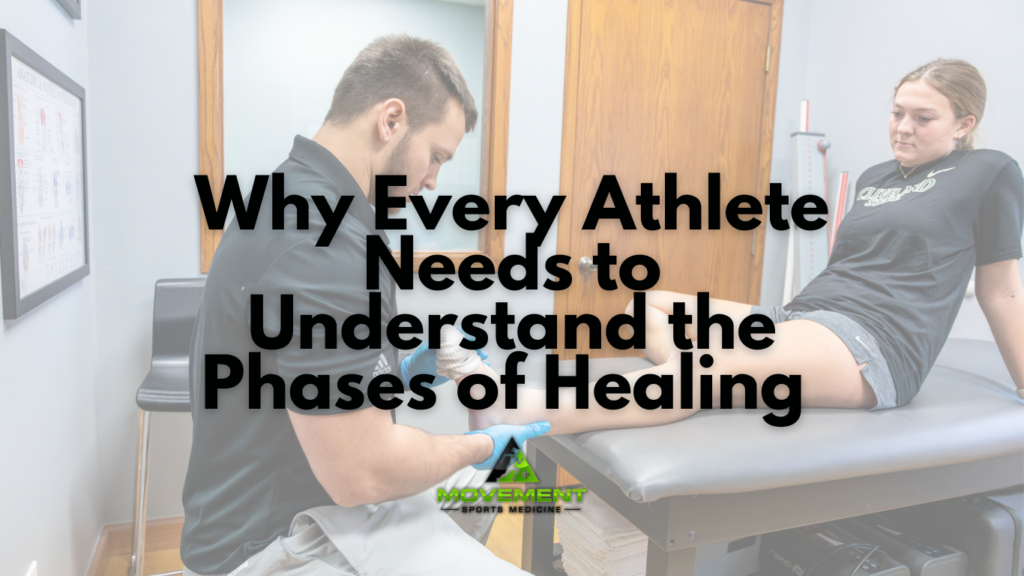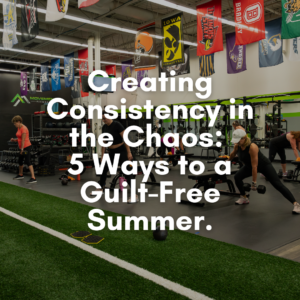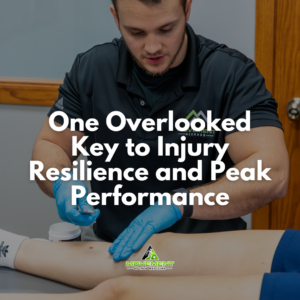Why Every Athlete Needs to Understand the Phases of Healing
(And why your treatment plan should evolve)
When recovering from a sports-related musculoskeletal injury, understanding how your body heals isn’t just helpful — it’s essential.
Whether it’s an ACL tear, ankle sprain, muscle strain, or tendinopathy, your recovery needs to match the biology. Not the calendar. Not what you see others doing. And definitely not what you wish was true.
Here’s what every athlete, parent, and coach should know:
Every injury is unique and these phases may be shorter or longer. This is a basic format of what normally goes on within the body. Hydration, sleep and nutrition are huge factors that play a role in the length of these phases.
1. Acute Phase (0–5 days)
“Protect and control the damage”
-
Key events: Inflammation, bleeding, pain, swelling
-
Priorities: Rest (not immobilization), compression, gentle motion
-
Rehab focus: Load management, pain control, maintain movement in uninvolved areas
2. Early Repair Phase (4–14 days)
“Start the rebuild – but don’t rush”
-
New tissue (mostly collagen) begins forming
-
Tissue is fragile — but motion and load help guide healing
-
Rehab focus: Restore range of motion, begin isometric and low-load exercises
3. Late Repair Phase (2–6 weeks)
“Build tissue tolerance and motor control”
-
Scar tissue organizing, vascular supply improving
-
Rehab focus: Progressive strength training, neuromuscular control, tendon loading (if applicable), movement re-education
4. Remodeling Phase (6 weeks – 3+ months)
“Strengthen and integrate”
-
Collagen fibers align along stress lines
-
Rehab focus: Dynamic strength, plyometrics, eccentric training, controlled deceleration, energy system development
5. Return-to-Sport Phase (variable, often 3–9+ months depending on injury)
“Rebuild capacity — physically, mentally, and reactively”
-
Pain-free doesn’t mean performance-ready
-
Rehab focus: Sport-specific drills, reaction, decision-making under fatigue, validated return-to-sport testing
Why Treatment MUST Be Dynamic
The biggest rehab mistakes?
Doing the same exercises for weeks — or jumping too far ahead.
Your body is constantly adapting. So your plan must evolve to:
-
Challenge tissue the right way at the right time
-
Avoid re-injury from premature return to load or sport
-
Build the strength, control, and confidence needed to perform at your level again
Bottom Line:
Rehab isn’t just about getting out of pain — it’s about rebuilding capacity.
Every phase has a purpose. Every step has a reason.
And skipping ahead only sets you back.
If you’re recovering from an injury and not sure if your plan matches your healing phase, give me a call at (815) 374-3200.



